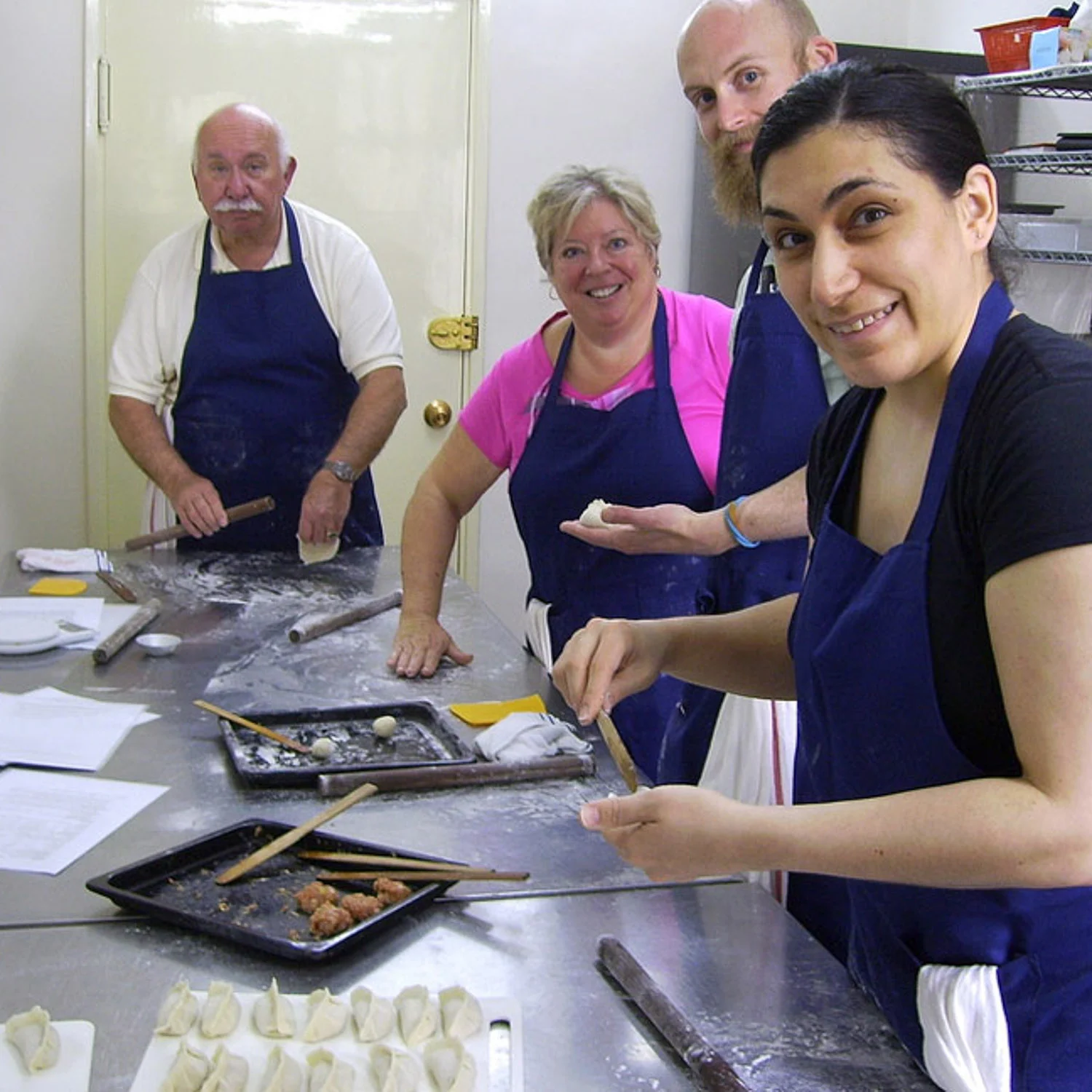Betel Nut: An Asian Tradition
You can’t travel in Asia for long without noticing the popularity of betel nut. From India to Indonesia, Thailand to Taiwan, Myanmar to the Maldives, millions of people love chewing this nutty mix.
Older travellers who grew up in an age when smoking cigarettes was a way of life, and you could puff away almost anywhere you liked, will perhaps understand the hold the betel nut has in Asia (not to mention parts of the Pacific and Africa).
You’ll know you’re in betel nut country by the red stains on pavements where people have spat it out after chewing on it, and by the stained red teeth and lips of regular users. It’s sold mainly at roadside stalls. About one-tenth of the world’s population is said to use it, despite the growing evidence of its health dangers.
But what exactly is betel nut and why do people use it?
The betel nut mixture consists of the nut of the Areca catechu palm wrapped in the leaf of the betel plant. The nut is diced and mixed with spices and various other ingredients. Among them is slaked lime, a white power mixed with water to make users salivate. Tobacco is sometimes also used.
The wrapped package is known as a quid. When you’ve finished chewing it, you can either swallow it or spit it out. It’s common for users to chew more than 10 quids a day.
The Areca catechu palm, which is native to the Philippines, grows throughout South and Southeast Asia as well as the tropical Pacific and parts of east Africa. It’s a tall, slender palm tree. The egg-sized orange or red coloured fruit containing the nut grows in clusters near the top of the palm.
Although this species of areca palm is commonly called the betel palm, the betel plant is actually a vine belonging to the same family as pepper and kava, with waxy, heart-shaped leaves. It too is found in South and Southeast Asia. It can be grown on a pole for support, or in a hanging basket.
Once the nut and leaf are combined, they become a recreational drug. Users suck or chew it as stimulant. It gives them a buzz, a mild sense of euphoria. It helps keep them alert during long hours of work. Some take it after a meal to aid digestion.
It would be interesting to know who first decided to combine the nut and the leaf, where this happened or how it spread throughout Asia. But these facts are lost in time. The practice of chewing it is thought to date back thousands of years.
According to Encyclopaedia Britannica, the betel plant is most likely native to Malaysia. The Oxford English Dictionary says the word ‘betel’ derives from the South Indian word ‘verrila’ in the Malayalam language.
Hobson-Jobson, a famous glossary of Anglo-Indian words, devotes more than half a page to the word ‘betel’ including references dating back to the 13th century.
In the Malay language, this areca palm is called the pinang, and the name of the Malaysian island of Penang derives from this. Some local residents regard the tree as a unifying symbol for the island.
What many visitors to Asia may not know is that, over the centuries, betel nut has become more than just a stimulant. It’s a symbol of honour, hospitality and even love.
In Vietnam, for instance, an exchange of betel nut between two families is considered a sign of agreement for a marriage to take place. A similar tradition exists in Malay society and in Laos, where betel nut is widely used.
Some Laotians also use it to get rid of illnesses by placing a quid on an altar.
In Thailand, a couple traditionally become engaged at a ceremony called ‘khan mak’, which literally means a bowl of betel nut. And in India, particularly the south, betel nut is offered to guests at weddings and christenings.
Unfortunately, the health hazards associated with betel nut include the risk of oral cancer and heart disease, which is why some countries now discourage its use. India, Thailand and Taiwan have all introduced campaigns against it.
They have an uphill task on their hands. In India, for instance, betel nut remains widely popular. Known locally as paan, it’s used throughout the country not just to chew but as a sign of friendship and hospitality.
Quite apart from its qualities as a stimulant, it’s this cultural significance - its role as a symbol of friendship, honour, love and marriage - that will surely see betel nut continue to play an important role in the lives of millions for years to come.
Header image: Chalky Lives






